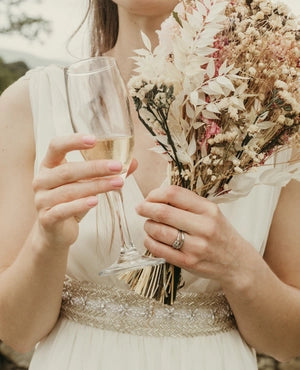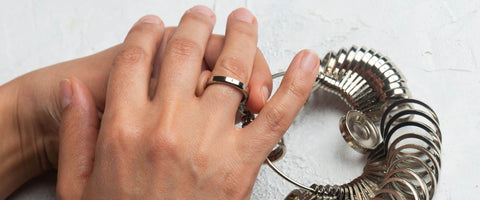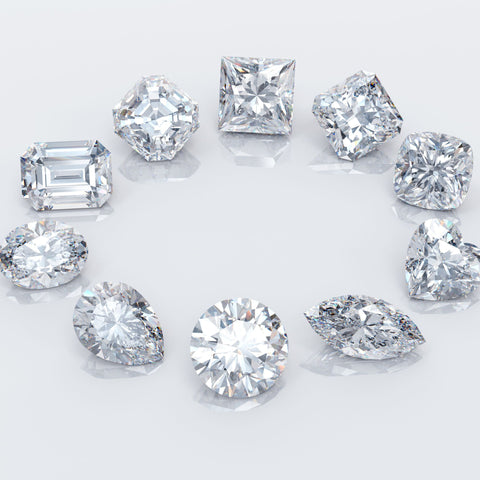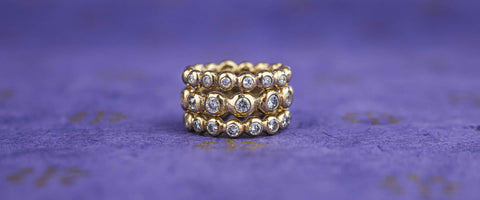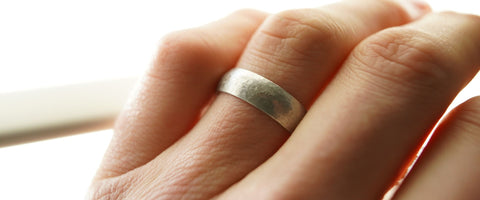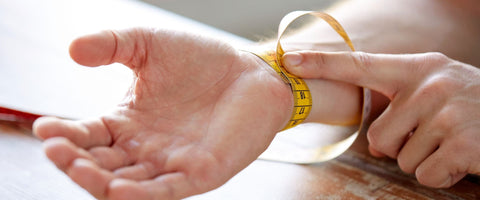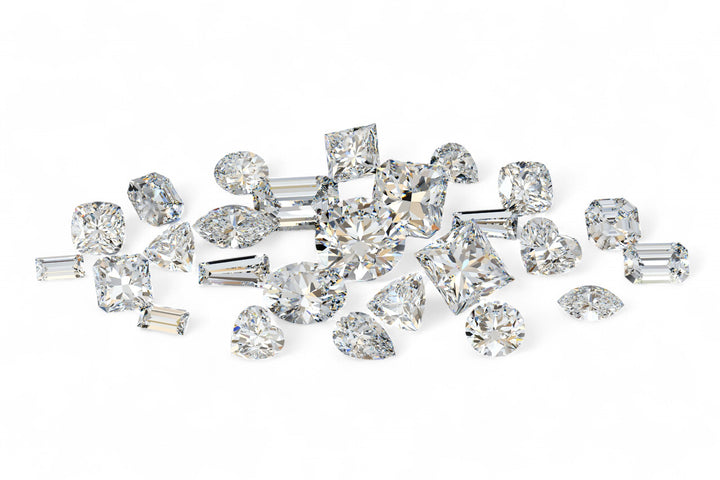
Guide
How to choose your diamonds
Choosing the perfect diamond doesn’t have to be overwhelming. We’re here to make it simple. In this guide, we’ll explain the differences between mined and lab-grown diamonds and break down the 4Cs – cut, colour, clarity, and carat weight – to help you make an informed choice with confidence.
Handmade in England From our victorian basement workshop
Unique designs you won't find anywhere else
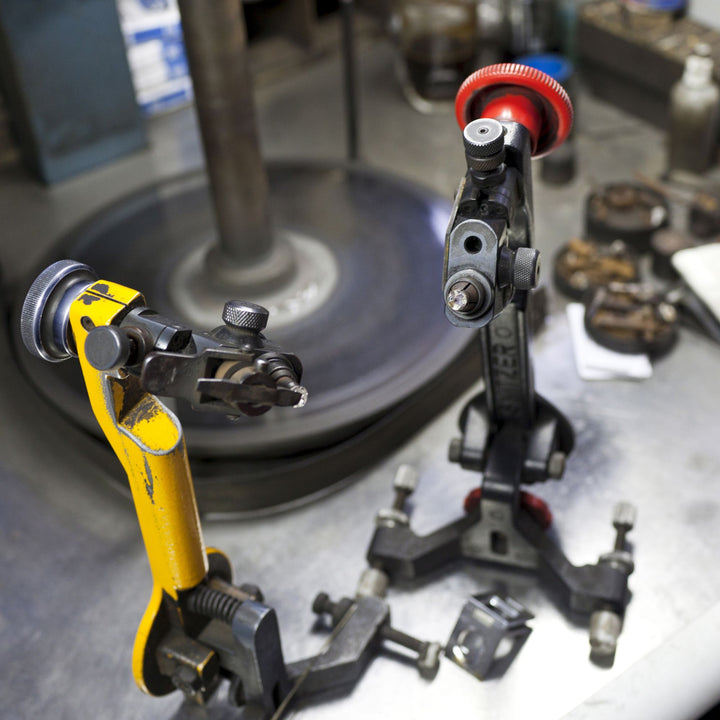
Mined vs Lab Grown
Choosing between mined and lab-grown diamonds can feel overwhelming, but we’re here to make it simple. Mined diamonds are formed naturally over billions of years, while lab-grown diamonds are created using advanced technology to replicate the same chemical and physical properties. Both options are real diamonds, but lab-grown diamonds often come at a more accessible price point. To help you make the right choice, our dedicated gemologists take the stress out of decision-making. Every diamond in our designs is carefully handpicked, ensuring the perfect balance of quality, style, and value – tailored just for you.
Getting to know the four c's
Choosing the perfect diamond can be a daunting task, but understanding the 4Cs — cut, colour, clarity, and carat weight — can simplify the process.
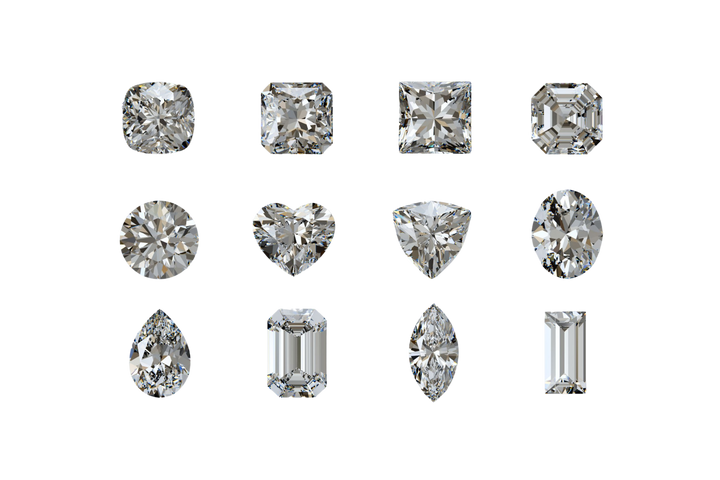
Cut
As the cut of a diamond is one of the most important factors in determining its beauty, one of the most important things when looking for a diamond is to choose a stone that has been cut well.
Cut refers to the proportions, symmetry and polish of the flat surfaces (facets) of a diamond and how they interact with light. They tend to be arranged in a geometrical pattern and the better the cut, the better the light will be reflected out of a diamond's surface, creating more sparkle.
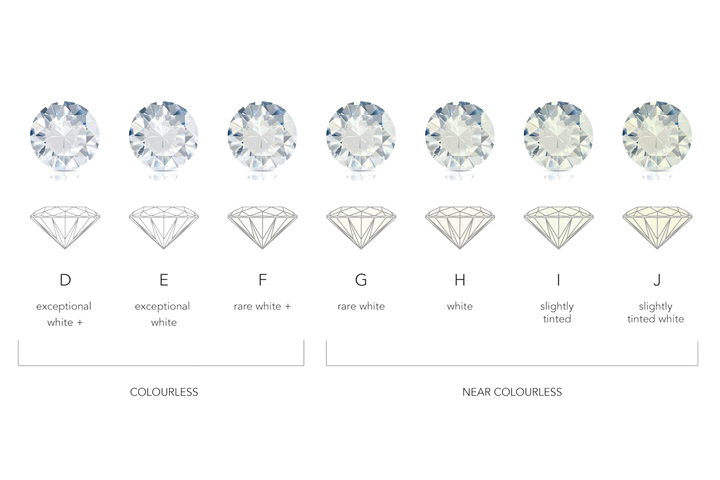
Colour
Colour is the most important factor in determining the value of a diamond. Colourless diamonds are more valuable than those with even a hint of colour. The scale for grading colour goes from D (colourless) to Z (light yellow).
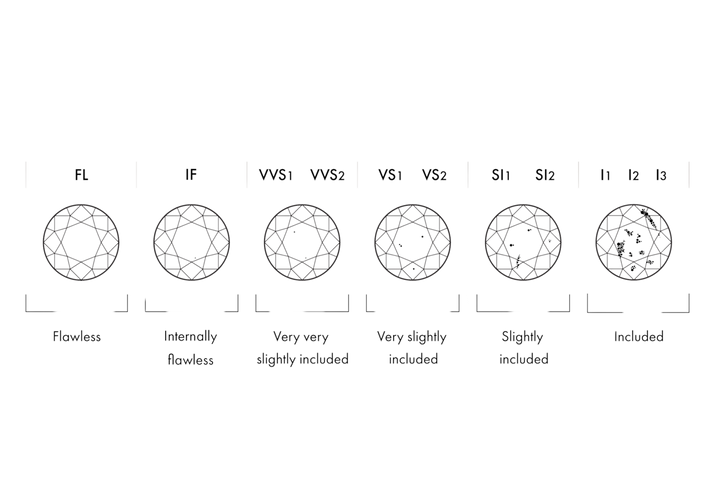
Clarity
Clarity is the second-most important factor when choosing diamonds, and refers to the diamond’s imperfections or flaws.
The fewer flaws a diamond has, the higher its clarity grade will be. Flaws in a diamond can be seen with the naked eye and may also be visible under magnification. Some flaws, like surface blemishes, are fairly easy to spot at first glance while others like inclusions are much more difficult to detect unless you are familiar with what they look like.
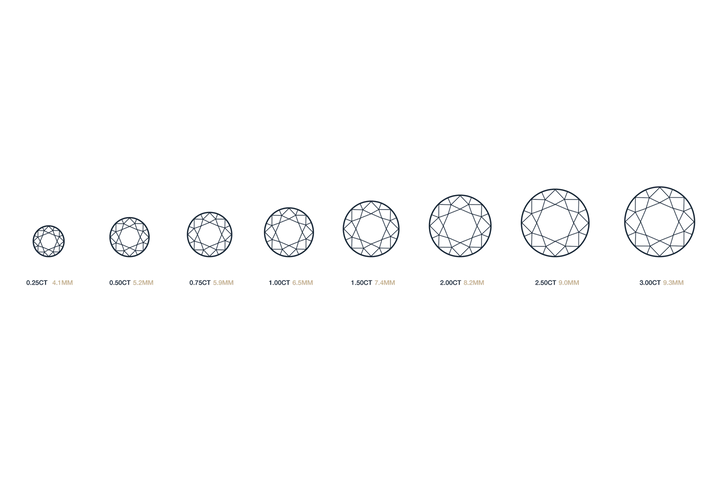
Carat
When you're shopping for a diamond, it’s important to know how to tell the difference between a diamond of lower carat and one of higher carat.
Carat refers to the weight, not size of the stone, and a diamond's value isn't determined by its carat alone – it's also determined by its shape, colour, clarity and cut. The carat weight can give you an idea of how much money you'll be spending on your diamond, which is useful information to have when making a purchase; however, the actual size of the diamond is important too.
Generally speaking, larger diamonds are more rare and desirable than smaller diamonds with similar qualities. That means larger diamonds of the same quality are worth more per carat than smaller diamonds.
Speak to our jewellery designers online or in-store
More Guides
